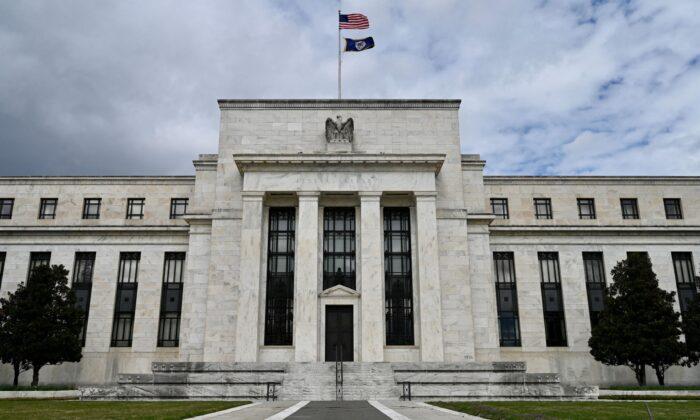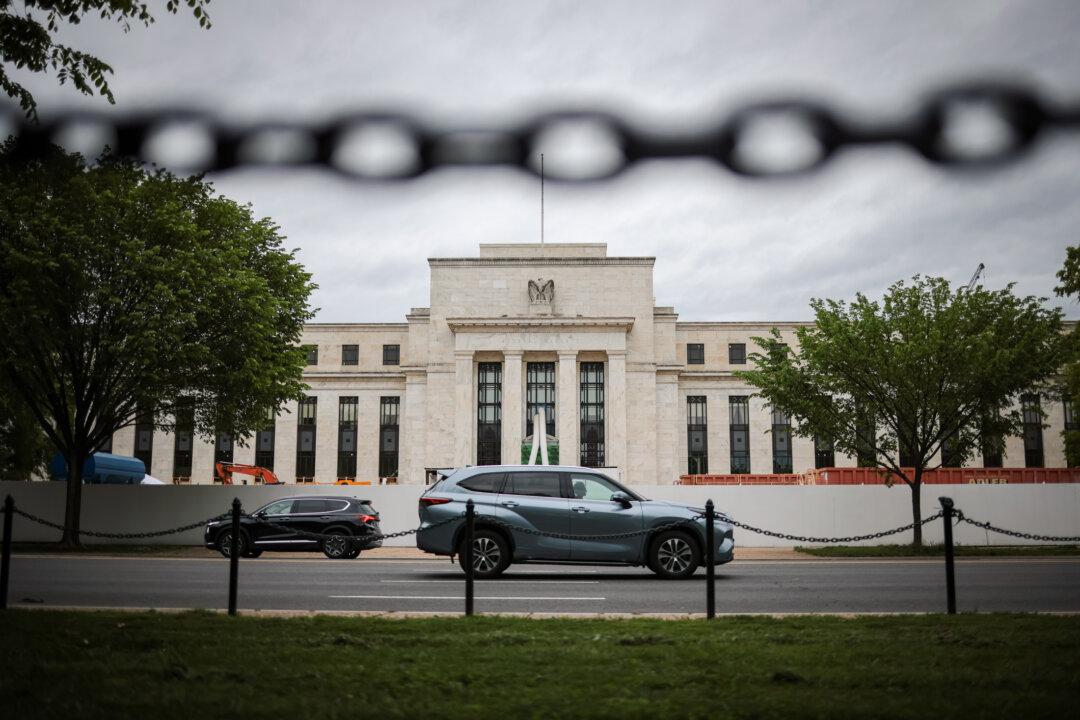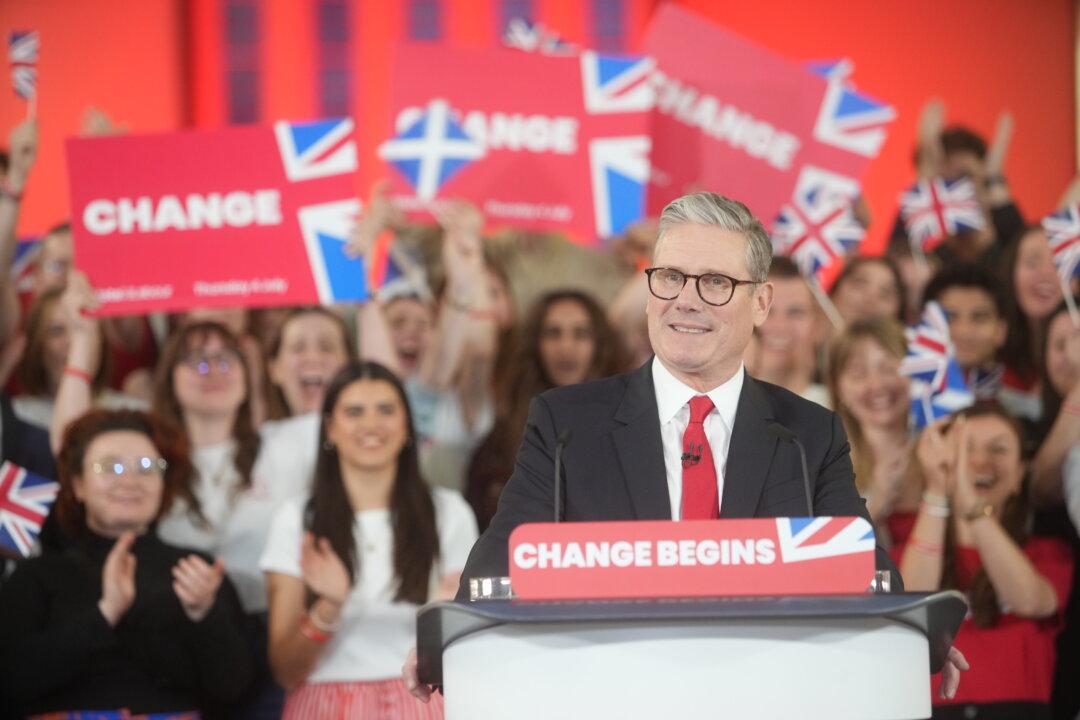The independence of the central bank has been increasing over the past decade or so. Central banks are regarded as panacea in the face of adverse shocks. Janet Yellen was threatened to be fired by Donald Trump, and Jay Powell was thought to be under political pressure to not withdraw liquidity early, thus leading to today’s high inflation. Presidents would have strong incentive to boost the economy in an easy way by instructing the Federal Reserve to turn on the printer (where fiscal policies need to go via congress). They are myopic in the long-run causing consequences.
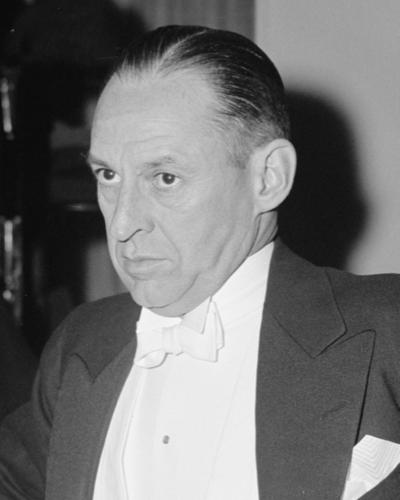
The Fed’s independence was not granted from birth. Before 1934, it was chaired effectively by the Federal Reserve Bank of New York. After the Great Depression, the power of the Fed was then centralised in Washington and a chairman was formally assigned to the “Federal Reserve System” —the assigned chairman was Marriner Stoddard Eccles. When he became the chairman in November 1934, the U.S. economy had been hit hard and was in a very bad shape: Although real GDP rebounded strongly from an exceptionally low base, unemployment rate was at 21.5 percent, the century’s historical record.
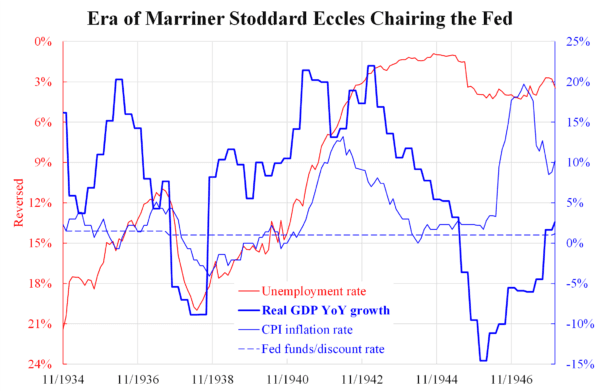
When Franklin Roosevelt assumed office in March 1933, the president himself was already involved actively in many credit and monetary rescuing actions which are now regarded as the Fed’s functions. At that time John Maynard Keynes was already famous in the UK, just before his famous classic General Theory published in 1936, his theory of using fiscal deficits to boost the economy had effectively influenced Roosevelt. The era of the gold standard did not see much change in interest rate, as the accompanying chart shows, but deficits already meant easing.
In his middle years of chairing the Fed, Eccles was forced to maintain a low interest rate, as World War II incurred huge government spending and deficits and debts issuing. The typical ideology from the White House and the parliaments was that there should be no reasons to let bond holders who were enthusiastic patriots to lose money simply because of interest rate hikes (implying bond prices dropped). Eccles followed suit under such political pressure. Accordingly, unemployment rate came down drastically to 1 percent by 1944, as the economy was overheated.
By now, overheating is no longer new to us, and so is the consequence. Inflation surged to 13 percent in 1940-42 as the first round, and to almost 20 percent in 1946–47, as the second round. Between these, real GDP year-over-year growth fell from the overheated stage at 22 percent in 1943 (war means massive production especially in the military sector) to minus 15 percent in 1946. Nevertheless, the constraints on the Fed chair were much tighter: Rate hike required the approval from Department of Treasury. Many a times Eccles demanded for hikes but was rejected until the end of war.
Incidentally and ironically, this period of history somehow projects our future. However, Eccles was much more hawkish than the Fed chairs of nowadays. He fought for independence of the Fed for decade but failed. Finally, when Harry Truman succeeded, Eccles was demoted to a normal committee member, ending his 13-year Fed chair career.
